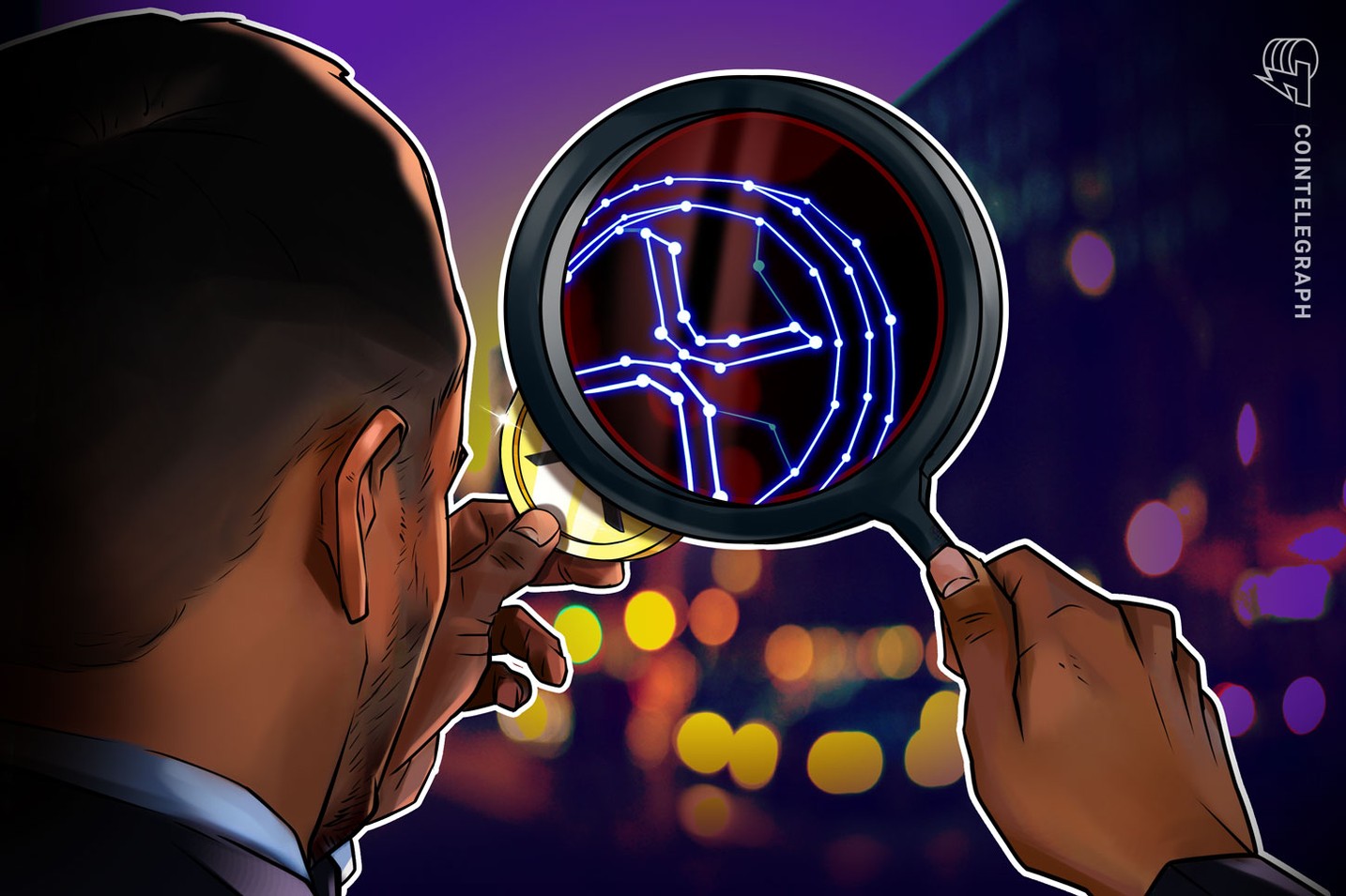XRP’s Role in US Digital Asset Stockpile: Is It Truly Valuable? | 2025


XRP’s Role in US Digital Asset Stockpile: Is It Truly Valuable?
As the cryptocurrency landscape continues to evolve, the role of XRP in the US digital asset stockpile has sparked significant debate. While some members of the crypto community argue that XRP is as valuable as suggested by former President Trump, a deeper examination of the altcoin’s utility is essential. Launched in 2012 by Ripple Labs, the XRP Ledger (XRPL) was specifically designed for interbank settlements, and its functionality has been a topic of interest among investors and analysts alike.

Understanding XRP and Its Utility
XRP was introduced with three primary enterprise solutions: xRapid, xCurrent, and xVia, which have since been rebranded under the RippleNet umbrella. Each of these solutions serves a distinct purpose:

- xCurrent: This service provides real-time messaging and settlement between banks, facilitating faster transactions.
- xVia: This payment interface allows financial institutions to send payments through RippleNet, streamlining the payment process.
- xRapid: Now integrated into On-Demand Liquidity (ODL), this service enables cross-border transactions, requiring the use of XRP.
It is important to note that only ODL necessitates the use of XRP; the other services allow banks to utilize RippleNet without holding the token. This raises questions about the direct correlation between bank adoption of Ripple technology and XRP’s price movements. Major financial institutions, including American Express, Santander, Bank of America, and UBS, have adopted xCurrent and xVia, but the data on entities utilizing the XRP-powered ODL service is less comprehensive. Known adopters include SBI Remit, a prominent Japanese remittance provider, and Tranglo, a leading remittance company in Southeast Asia.

XRP as a Gas Token
In addition to its role in facilitating transactions, XRP is also utilized as a gas token. However, unlike the Ethereum network, where transaction fees are allocated to validators, a small amount of XRP is burned as an anti-spam mechanism. This unique approach to transaction fees distinguishes XRP from other cryptocurrencies and raises questions about its long-term sustainability.

The Minimal Role of XRP in Web3
When considering XRP’s position in the Web3 ecosystem, it becomes evident that its role is relatively limited. Unlike Ethereum, which supports complex smart contracts and decentralized applications (DApps), Ripple offers only basic Web3 functionality. This includes a token issuance mechanism and native NFT support under the XLS-20 standard, introduced in 2022. The XRPL Web3 ecosystem remains small, with its modest decentralized finance (DeFi) sector holding approximately $80 million in total value locked (TVL).

According to recent reports, the combined market cap of XRPL’s tokens stands at around $468 million. Most of these tokens are decentralized exchange (DEX) tokens, such as SOLO, along with meme tokens like XRPM, wrapped Bitcoin, and stablecoins. This diversity highlights the varying purposes of cryptocurrencies within the market.

Comparing XRP to Other Cryptocurrencies
It is essential to recognize that not all cryptocurrencies serve the same function. Bitcoin, for instance, is often viewed as a “geopolitically neutral asset akin to gold,” as noted by crypto analyst Willy Woo. In contrast, XRP’s purpose remains less defined, leading many in the crypto community to question its status as independent money. This uncertainty is largely attributed to one of Ripple’s most contentious aspects—its permissioned nature.

Unlike Bitcoin or Ethereum, which rely on miners or staked tokens to secure their networks, Ripple employs a Unique Node List. This group of trusted validators is responsible for approving transactions, optimizing speed and efficiency. However, this structure raises concerns about potential censorship, corruption, and security risks, which could undermine the decentralized ethos of cryptocurrency.

XRP and Central Bank Digital Currencies (CBDCs)
Some experts, including prominent figures in the crypto community, have drawn comparisons between XRP and Central Bank Digital Currencies (CBDCs). Given XRPL’s permissioned nature, it reflects a growing sentiment that XRP functions more as a banking tool than a truly independent cryptocurrency. While the XRPL blockchain sees widespread use in banking, the utility of XRP itself remains a contentious issue.

The Concentration of XRP Holdings
One of the most significant concerns surrounding XRP is the concentration of its holdings. Approximately 55% of the total 100 billion pre-mined coins are still held by Ripple Labs. This concentration raises alarms about potential market manipulation and the long-term stability of the coin. Investors and analysts alike are wary of the implications this could have on XRP’s future, particularly in the context of regulatory scrutiny and market dynamics.

Conclusion: The Future of XRP in the Digital Asset Landscape
As the debate surrounding XRP’s role in the US digital asset stockpile continues, it is crucial to consider its utility, market dynamics, and regulatory environment. While XRP has established itself as a tool for facilitating cross-border transactions and has garnered interest from major financial institutions, its long-term viability as an independent cryptocurrency remains uncertain. The concentration of holdings, coupled with its permissioned nature, raises questions about its potential as a decentralized asset.

In conclusion, XRP’s future in the digital asset landscape will depend on its ability to adapt to changing market conditions, regulatory developments, and the evolving needs of the financial sector. As the cryptocurrency market matures, the role of XRP will likely be scrutinized further, making it essential for investors and stakeholders to stay informed about its developments.

This article is for general information purposes and is not intended to be and should not be taken as financial advice. For more insights, you can read the original article here.










